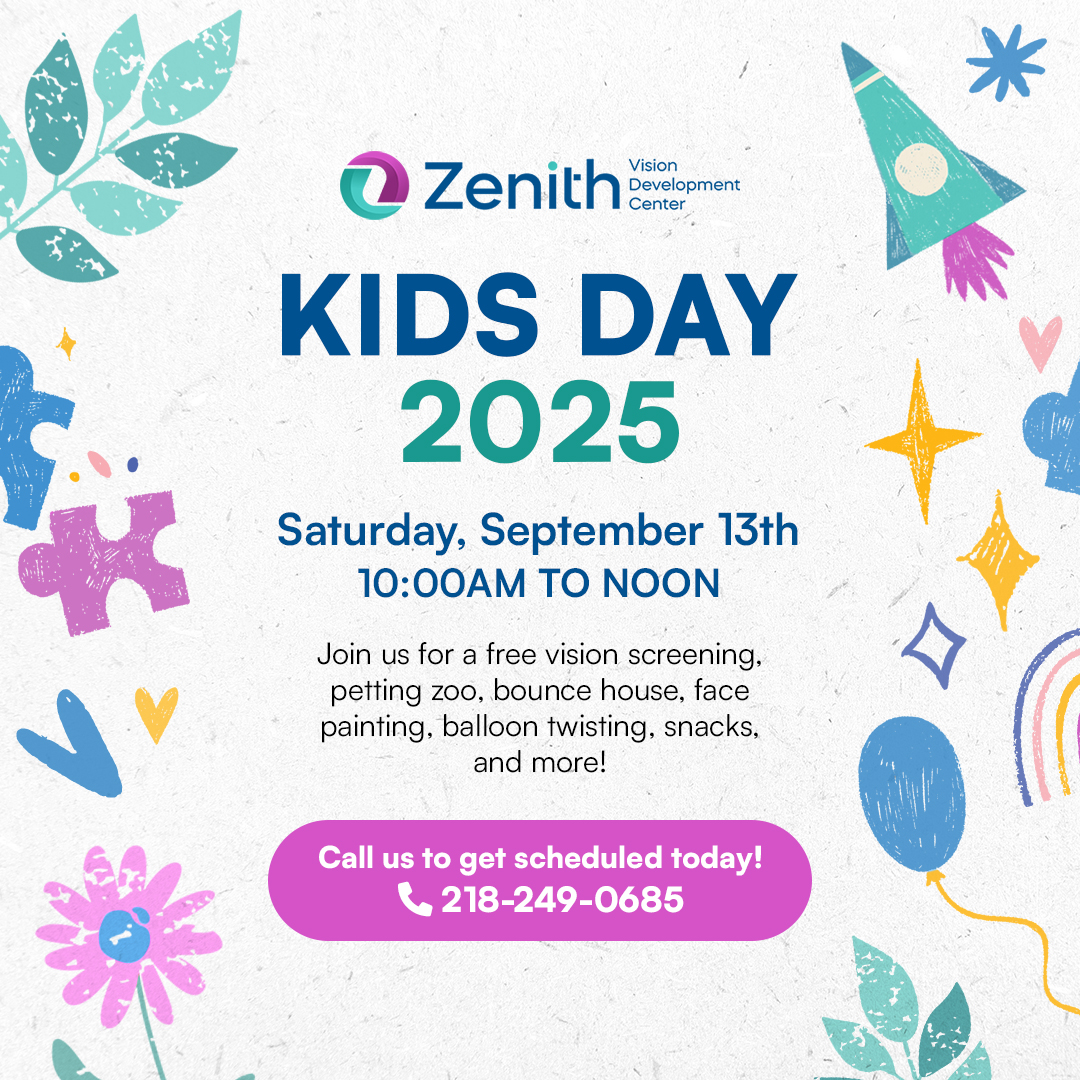Signs & Symptoms of a Vision Problem
Unfortunately, many people do not know the signs of vision problems that interfere with academic success. Most certainly, children rarely report they are having visual difficulties. There are physical clues that point to possible vision problems, but surprisingly, many of the symptoms that would indicate a person is having vision problems seem unrelated to vision. Yet, these symptoms are occurring as a direct result of a vision problem.
Your Results
Symptoms with "Sometimes": 0
Symptoms with "Often": 0
Your Results
While your child does not appear to have many of the above signs, if your child has attention problems, struggles with reading, has an eye turn (strabismus) or a lazy eye (amblyopia) we recommend you schedule a developmental vision evaluation.
If your child is doing fine, it is recommended that school-age children have a routine eye exam by an optometrist once a year.







